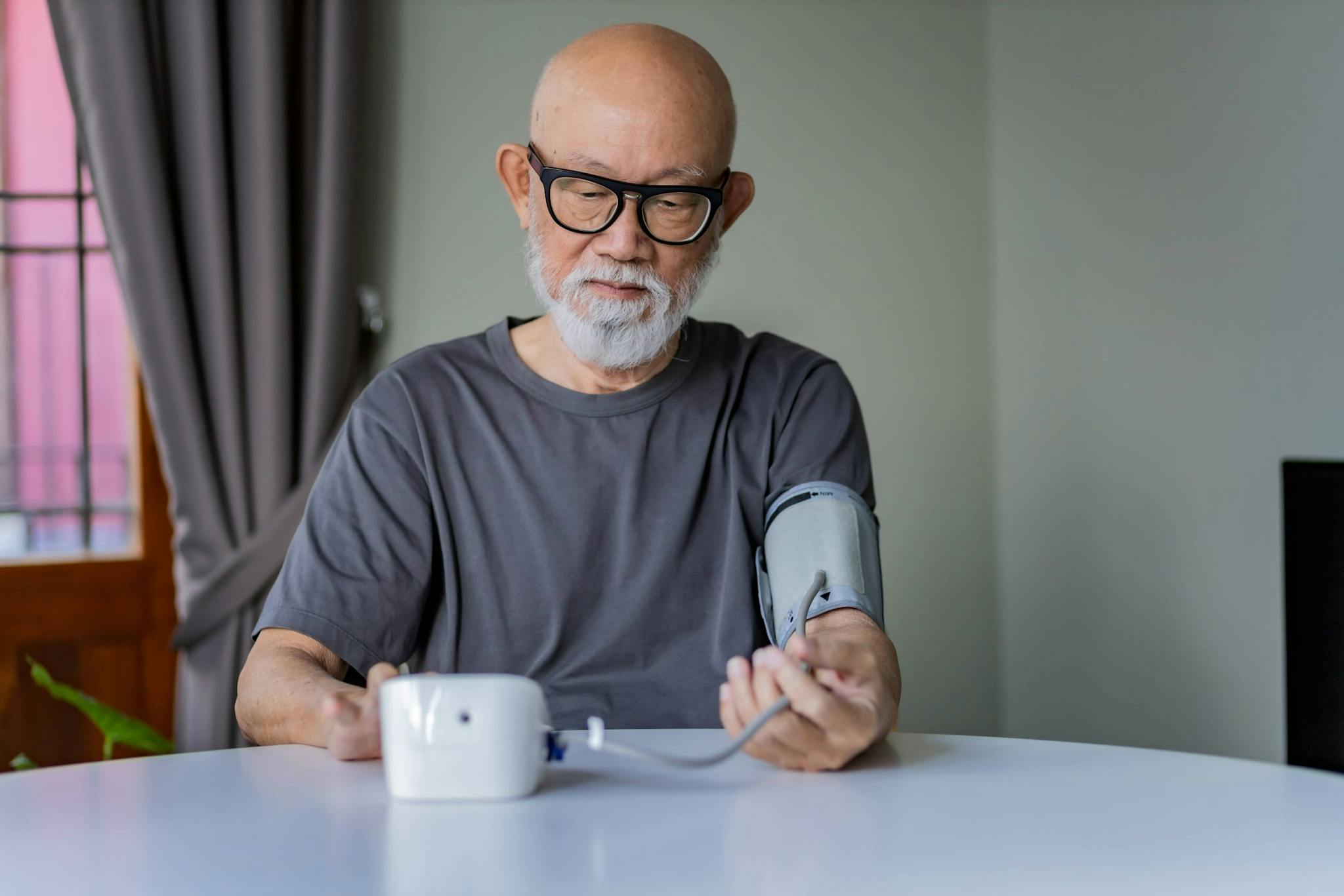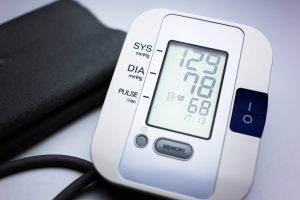
2025-06-10T13:54:10
Understanding Skin Grafts
- Dermatology
- Family Medicine
- Internal Medicine
- Orthopedics
March 21, 2023 | Cardiology • Family Medicine
Specialties:Family Medicine • General Cardiology

Before you worry that you have hypertension after one elevated blood pressure reading, keep in mind that it usually takes at least three readings of elevated blood pressure to make the diagnosis of hypertension. This is because many factors, such as when you last emptied your bladder or how much coffee you had that morning, can affect your blood pressure reading. Some people even experience something known as white coat syndrome in which they record higher-than-normal blood pressure readings at the doctor’s office due to the anxiety of the clinic setting.
The good news is that most of these factors are within your control and can be mitigated with basic changes. Consider the following tips to ensure a more accurate blood pressure reading.
Blood pressure monitoring is a routine part of any doctor’s visit, so it’s important to be prepared to ensure the most accurate reading. Consider the following tips ahead of your next appointment:
Dress appropriately
Avoid tight clothing that may interfere with the measurement and wear short sleeves or clothing that can be easily rolled up. Putting the cuff over clothing, rather than a bare arm, can add 10-40 mm Hg to a measurement, according to the American Heart Association.
Don’t drink a caffeinated beverage or smoke 30 minutes before the test.
Sit quietly
Sit quietly for at least five minutes before having your blood pressure measured. Avoid talking, reading, or using your phone during this time. The American Heart Association says something as simple as talking or having a conversation during your blood pressure reading can add an additional 10-15 mm Hg to the results.
Relax
It’s essential to relax during the measurement. Don’t hold your breath or tense your muscles and sit quietly with your back supported and feet flat on the ground. Don’t cross your legs.
Retake the measurement
If your provider doesn’t proactively offer this option, ask if you can retake the measurement at the end of the appointment (or at least 5 minutes after the initial reading). You will likely be much calmer and relaxed at this point after you have had a chance to get over the initial nervousness that comes with a doctor’s visit.
If approved by your provider, you can also monitor your blood pressure at home. Please know that home monitoring (self-measured blood pressure) is not a substitute for regular visits with your physician, but it may be useful or recommended for some patients. These might include patients using telehealth, women who are pregnant (to monitor preeclampsia), patients who already have diagnosed hypertension, or those who only have high readings at the doctor’s office (white coat syndrome).
If you are monitoring at home, here are some things to keep in mind:
Choose the right equipment
The American Heart Association recommends an automatic, cuff-style, bicep (upper-arm) monitor that comes with the correct cuff size for your arm. They do not recommend a wrist or finger monitor. They also advise selecting a monitor that has been validated for specific circumstances (seniors, pregnancy etc.). You can visit validatebp.org to find information on validated home monitors.

Prepare for the measurement
Before measuring your blood pressure, it’s important to take some time to relax. Sit quietly for at least five minutes before taking the measurement, and avoid smoking, eating, or drinking anything containing caffeine for at least 30 minutes beforehand. Also, ensure that you have emptied your bladder before taking the measurement.
Position yourself correctly
Sit in a comfortable chair (not sofa) with your feet flat on the ground and your back supported. Position your arm on a flat surface so that it is level with your heart, and make sure that the cuff is placed correctly on your upper arm (directly above the bend of the elbow). You also don’t want to take the measurement over your clothes.
Take multiple readings
Take multiple readings of your blood pressure and record them in a log or diary. Ideally, take two or three readings, one minute apart, and record the average.
Managing hypertension can be difficult but making just a few adjustments to your lifestyle can help keep your blood pressure from reaching dangerous levels. Consider the following tips:
Lower your sodium intake
The American Heart Association recommends no more than 2,300 mg of sodium per day, so
if salty foods like chips, hotdogs, burgers, and fries are some of your go-to staples, you might want to consider reducing your fast-food consumption. Instead, opt for nutritionally dense foods like fruits and vegetables, whole grains, and lean sources of protein.
Cut down on smoking and alcohol consumption
Excessive intake of alcohol and nicotine have been associated with multiple long-term cardiovascular illnesses, including hypertension. Limit alcohol consumption to two drinks a day for men, and one drink a day for women.
Get moving
Getting your heart rate up is an incredibly effective way to reduce your blood pressure. Cardiovascular exercises like walking, running, and swimming for 30 minutes a day can help reduce artery blockage, which allows for easier blood flow and keeps your blood pressure at stable levels.
Be consistent with your medication
Take your medication exactly as instructed by your provider. If necessary, set an alarm for the same time each day so you can make taking your medication part of your daily routine.
If you need your blood pressure checked or any other preventative care covered in an annual physical, reach out to one of our many Family Medicine offices for an appointment. If you already have diagnosed hypertension and are looking for additional support for your heart, consider one of the many qualified providers at Revere Health Cardiology.

WRITTEN BY:
Tom Betar
Tom Betar currently serves as Revere Health’s Communications Manager. Tom earned his bachelor’s degree in Communications from the University of Utah where he studied print journalism and marketing. Tom focuses on producing written content in a variety of formats and developing strategy for both internal and external communications at Revere Health. His professional work experience includes email marketing, social media management, news writing/reporting, and content creation. Outside of work, Tom enjoys traveling to his hometown of St. George as well as playing basketball and going to concerts/plays with his wife.

2025-06-10T13:54:10

2025-04-24T14:00:43

2025-03-10T14:24:39

2025-01-21T10:28:42
This information is not intended to replace the advice of a medical professional. You should always consult your doctor before making decisions about your health.